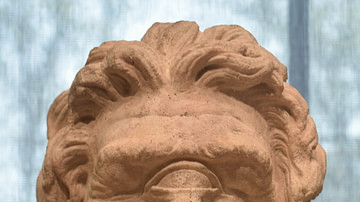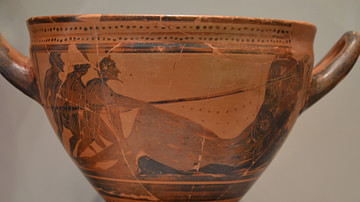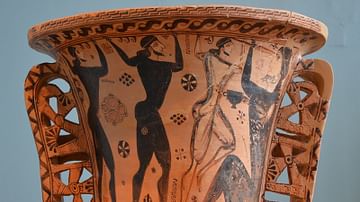Illustration
Mosaic with the Cyclops Polyphemus and the nymph of the sea Galatea, discovered in 1959 during excavation work under the Plaza de la Corredera in Cordoba, Spain. The mosaic dates to the 2nd century CE.
Salón de los Mosaicos (Hall of Mosaics) in the Alcazar of the Christian Monarchs.
About the Author
Cite This Work
APA Style
Raddato, C. (2016, March 17). Cyclops Polyphemus & Galatea Mosaic. World History Encyclopedia. Retrieved from https://www.worldhistory.org/image/4646/cyclops-polyphemus--galatea-mosaic/
Chicago Style
Raddato, Carole. "Cyclops Polyphemus & Galatea Mosaic." World History Encyclopedia. Last modified March 17, 2016. https://www.worldhistory.org/image/4646/cyclops-polyphemus--galatea-mosaic/.
MLA Style
Raddato, Carole. "Cyclops Polyphemus & Galatea Mosaic." World History Encyclopedia. World History Encyclopedia, 17 Mar 2016. Web. 15 Apr 2025.









